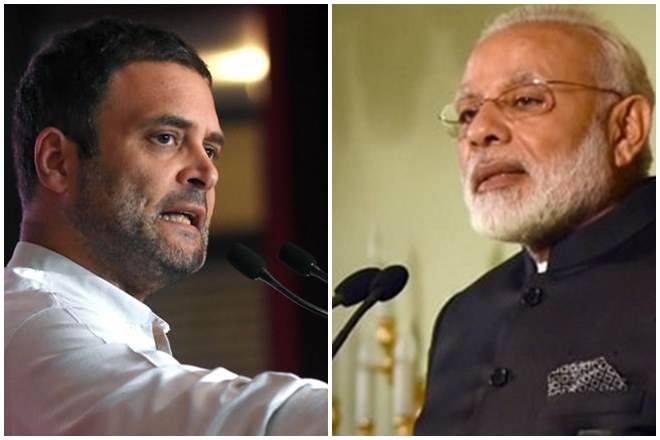Congress president Rahul Gandhi has certainly stolen a march over prime minister Narendra Modi in announcing some version of a Universal Basic Income (UBI) – he has spoken of a Minimum Income Guarantee (MIG) for the poor – and, given the rush to make announcements for farmers, especially after the last round of assembly elections, chances are the government will make some announcement in the budget. Details of Gandhi’s scheme are yet to be fleshed out, but if it is aimed at the poor as defined traditionally, by the Tendulkar poverty line, the scheme may not be that big given how the number of poor continues to fall; it could, though, be aimed at the bottom 15-20% of the population to get more traction. Modi’s scheme is expected to be aimed at the country’s farmer population; whether this is to cover all farmers or just those below a certain size is not clear; while Telangana’s Rythu Bandhu is criticized as being pro-rich-farmers, Odisha’s Kaalia is supposed to take care of this by targeting even the landless.
Also read| FM versus CBI says a lot about government functioning
But while talk of a UBI, or a modified UBI, has become commonplace, it needs to be kept in mind that nothing helps increase well-being more than economic growth and jobs; a UBI, then, is at best a partial solution to alleviate hardship, it cannot be a substitute for free markets or high economic growth and employment prospects. Based on OECD-Icrier analysis of farmers getting 14% less than global prices due to markets not being free in the country in FY01-17, for instance, this means farmers lost around Rs 2.5 lakh crore this year; no estimate of possible UBI for the farm sector is close to this number. Similarly, if a Rs 2,000 per month UBI is given per family, this is at most equal to 2-3 days wages. Indeed, one of the problems with the MIG is that in critical ways it resembles the plethora of anti-poverty schemes of the type Indira Gandhi popularized since, as it is aimed at only the poor, those availing of it will have to prove they earn less; so it is going back to fudging income certificates and all the ills associated with the old schemes since the less you earn, the more MIG you will get.
Apart from this, whatever schemes are announced, by either the government or the Opposition parties, they need to fulfill two criterion to be useful – they mustn’t be easily cornered by the rich in the manner that farm loans, wheat/rice procurement and fertilizer subsidies are today and, two, they have to be financeable. Income transfers to replace food subsidies will save at least Rs 50,000-60,000 crore without leaving anyone – except those who live off the waste in the FCI system – the worse off. Even if 80 crore persons covered under the food security Act are given Rs 25 per kg as the difference between the ration- and market-price for each of their 5 kg monthly entitlement, that will still cost just Rs 120,000 crore as compared to Rs 170,000-180,000 crore spent on food subsidies right now. Similarly, the Rs 70,000 crore of annual fertilizer subsidies and Rs 15,000 crore of interest subvention on crop loans can easily be added to the UBI kitty since, instead of just the top 20-30% of farmers getting them, they can be given to all farmers. Sadly, while the government seemed to be moving towards a UBI with its direct benefits transfer (DBT) scheme – these rose from Rs 7,368 crore in FY14 to Rs 231,732 crore so far in FY19 – it hasn’t moved to cash transfers from physical transfers of food and fertilizers. Doing so would not only save money, it would also remove distortions in market pricing. Cropping patterns, then, will no longer be distorted by government procurement or MSPs, nor will water-intensive crops be grown in unsuitable areas due to the availability of subsidized electricity and free water in some states; and, with fertilizer prices rising, farmers would use them judiciously, and even import them if that is cheaper. In short, UBI is Modi’s window to sweeping agriculture reform with the added advantage of helping small and marginal farmers as well.

